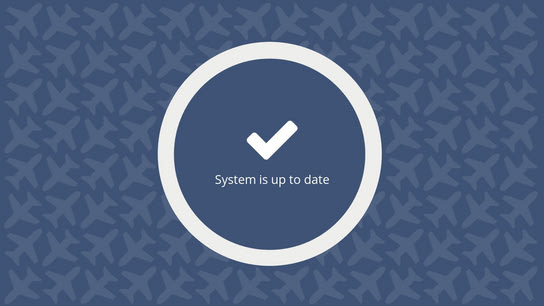Cockpit – a quite capable web administration interface for Linux systems — just added a great new feature: software update management. Cockpit now integrates with the package managers in popular Linux distributions including Arch, Debian, Fedora Linux, Mandriva, openSUSE, SUSE, Ubuntu, and others.
Cockpit achieved its new cross-distribution support for updating software packages by leveraging PackageKit – an abstraction layer for common tasks in popular package management systems. The result is an easy to use interface were you can quickly apply pending software updates on the local or remote systems from the comfort of your web browser.
You can choose to install all pending updates or just the security updates. This last feature depends on repositories and package management backend providing the necessary information about security vulnerabilities.

At least for now, Cockpit will suggest you reboot the system after applying any updates. However, the Cockpit project aims to be smarter about when it suggests to restart the system in a future update. Likewise, Cockpit also hopes to offer a one-stop shop for configuring auto-updates and scheduled reboots in a future update. Both of these features would require tighter integration with DNF automatic for Fedora/RHEL and unattended APT for Debian/Ubuntu as these are features which aren’t offered by PackageKit.
You can safely use PackageKit in Cockpit on the web and use the command-line interface at the same time. For example, you can start an update process with PackageKit using the pkcon update command, and then monitor the status of the ongoing updates as they’re being applied in the Cockpit interface at the same time.

Fedora Linux 26 users will be among the first to try the new Cockpit PackageKit module, which was introduced with Cockpit version 143. The cockpit-packagekit package isn’t installed by default on Fedora Workstation or Server editions. The new Software Update panel will be hidden if you’ve installed the cockpit-ostree package (provides a different but conflicting Software Update panel for Fedora Atomic) at the same time.
Unfortunately, the DNF backend for Fedora Linux in PackageKit doesn’t provide the best package management experience on Fedora Linux. You may want to stick with DNF instead until libdnf and PackageKit sees some more improvements.
Overall the new Software Update panel is a nice addition to Cockpit’s already impressive capabilities. I’ve previously used the Terminal panel to manually issue update commands to the package management systems on hosts where I’ve got Cockpit installed. The new dedicated panel isn’t only a time saver, but it definitely looks better and behaves more like a coherent product experience as well.
